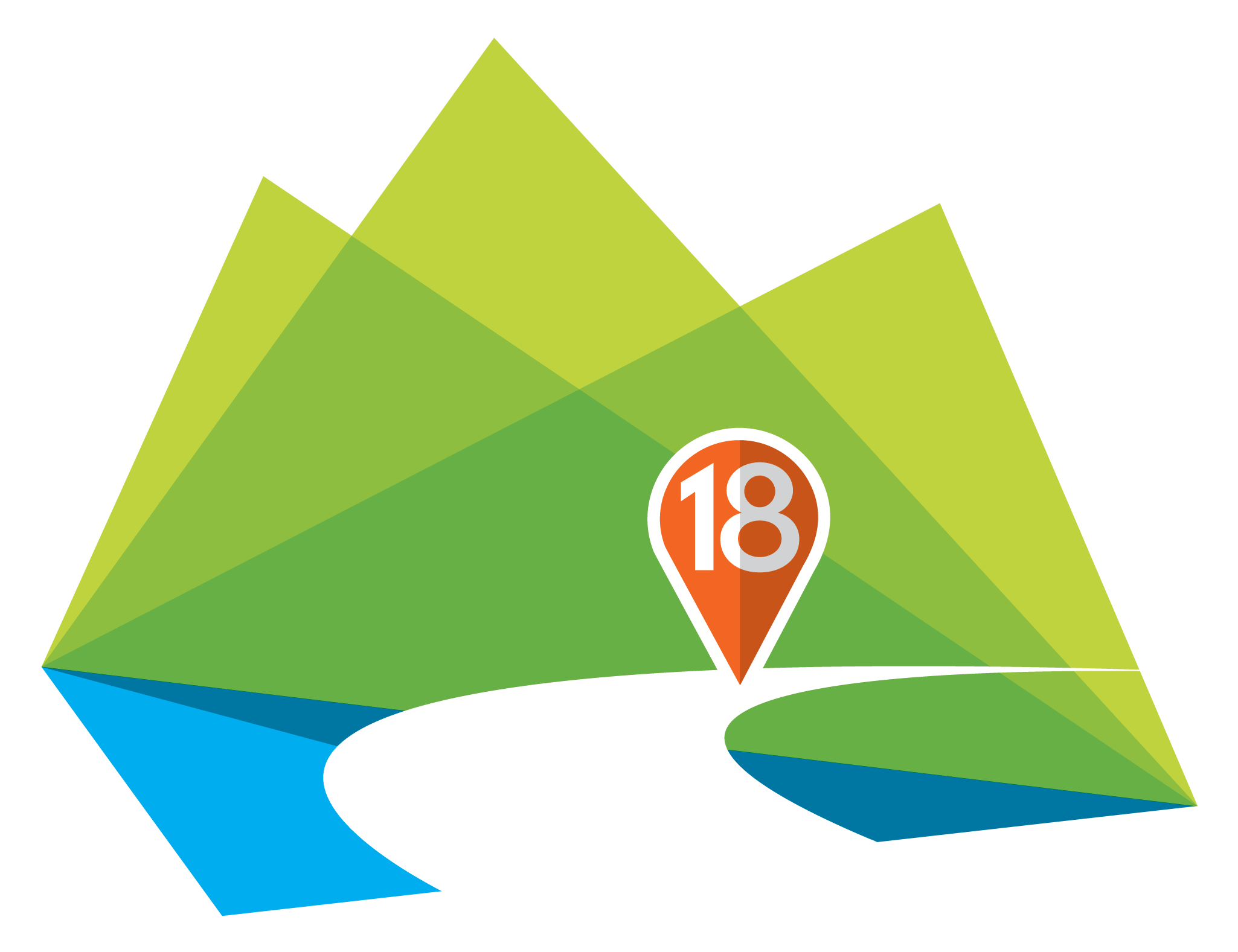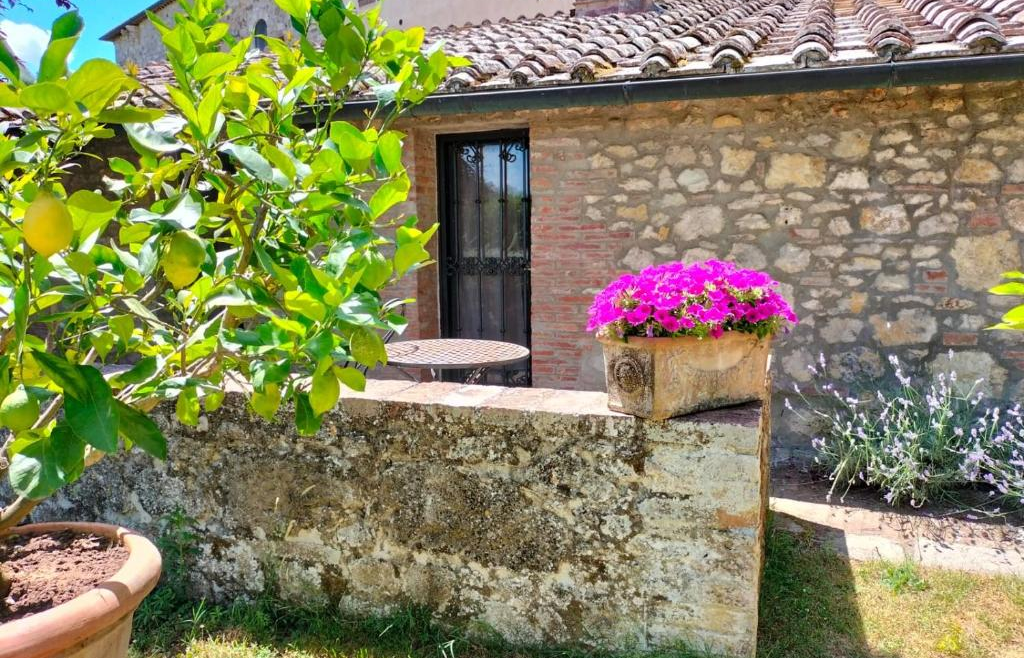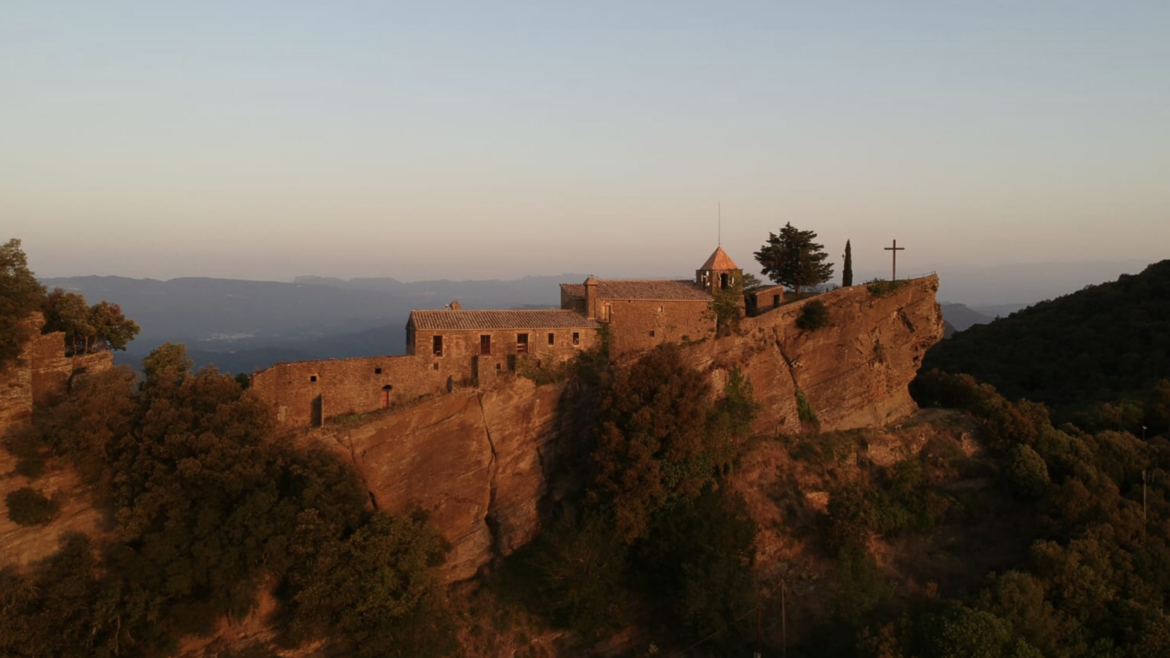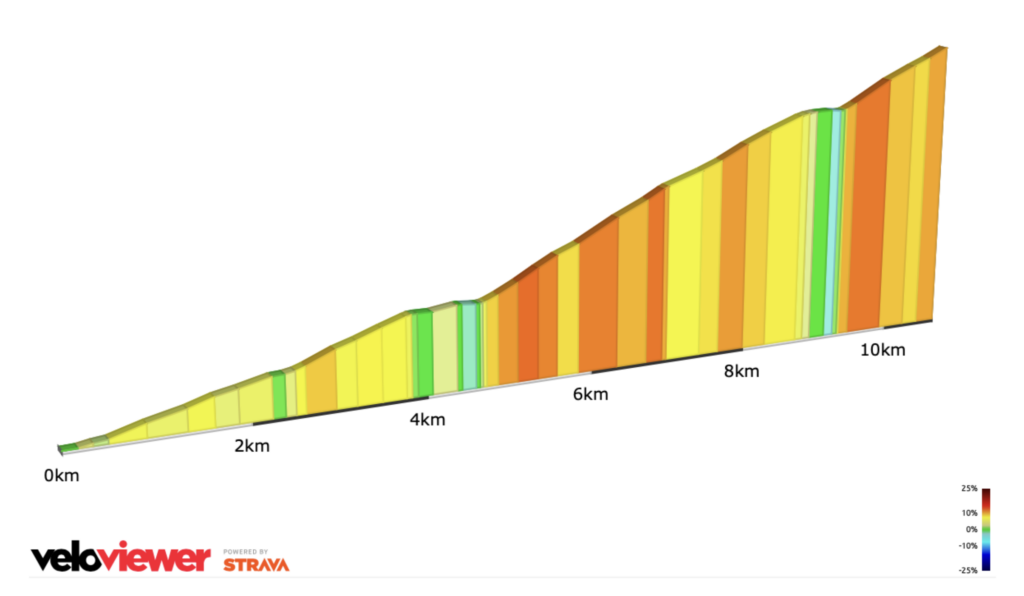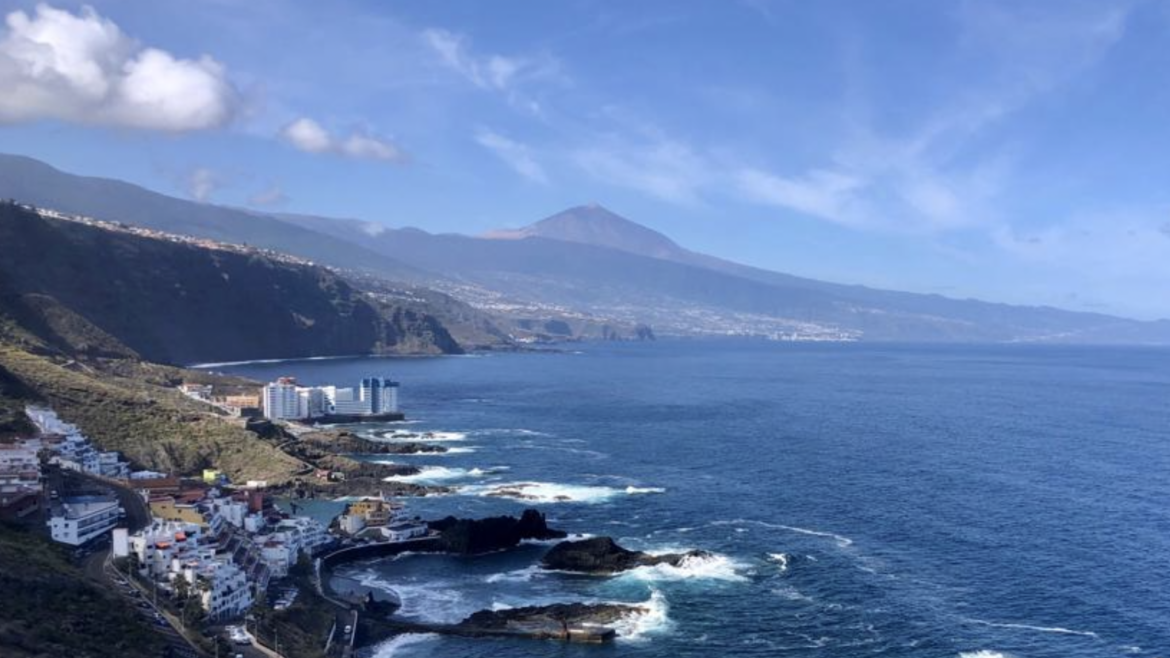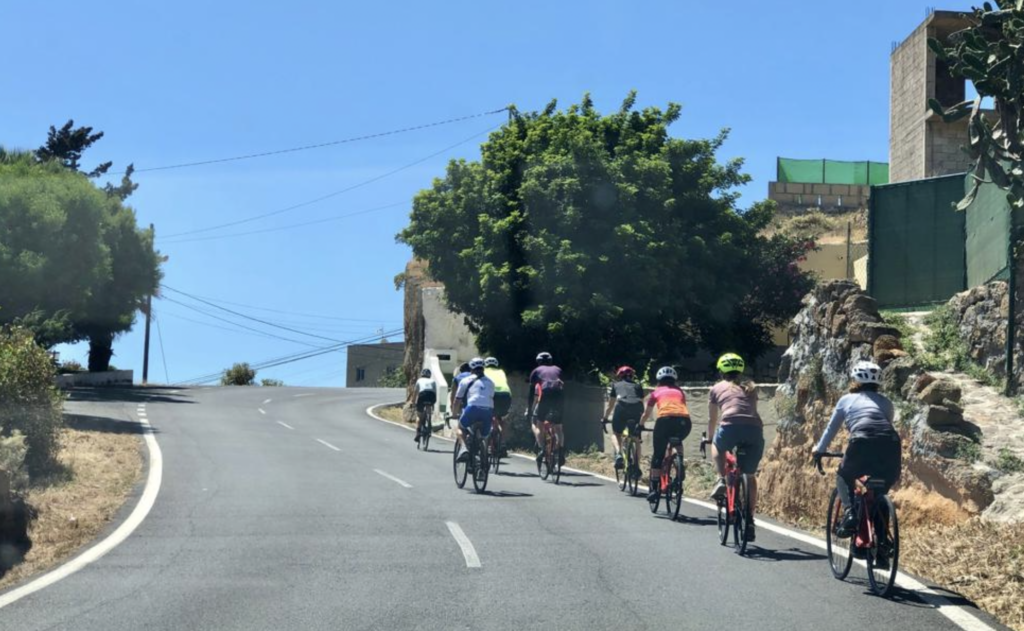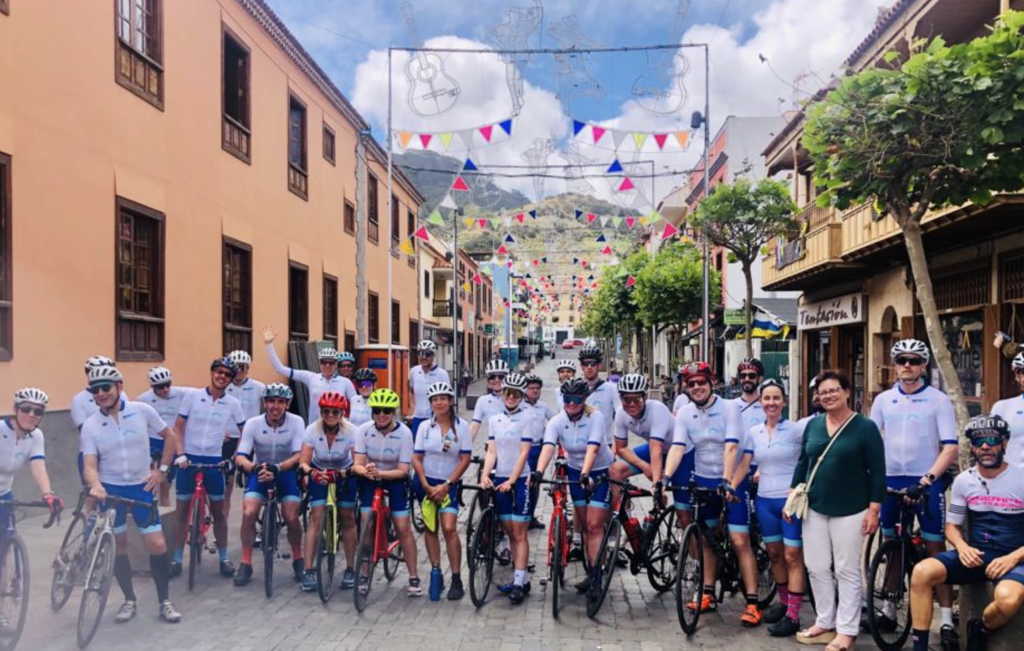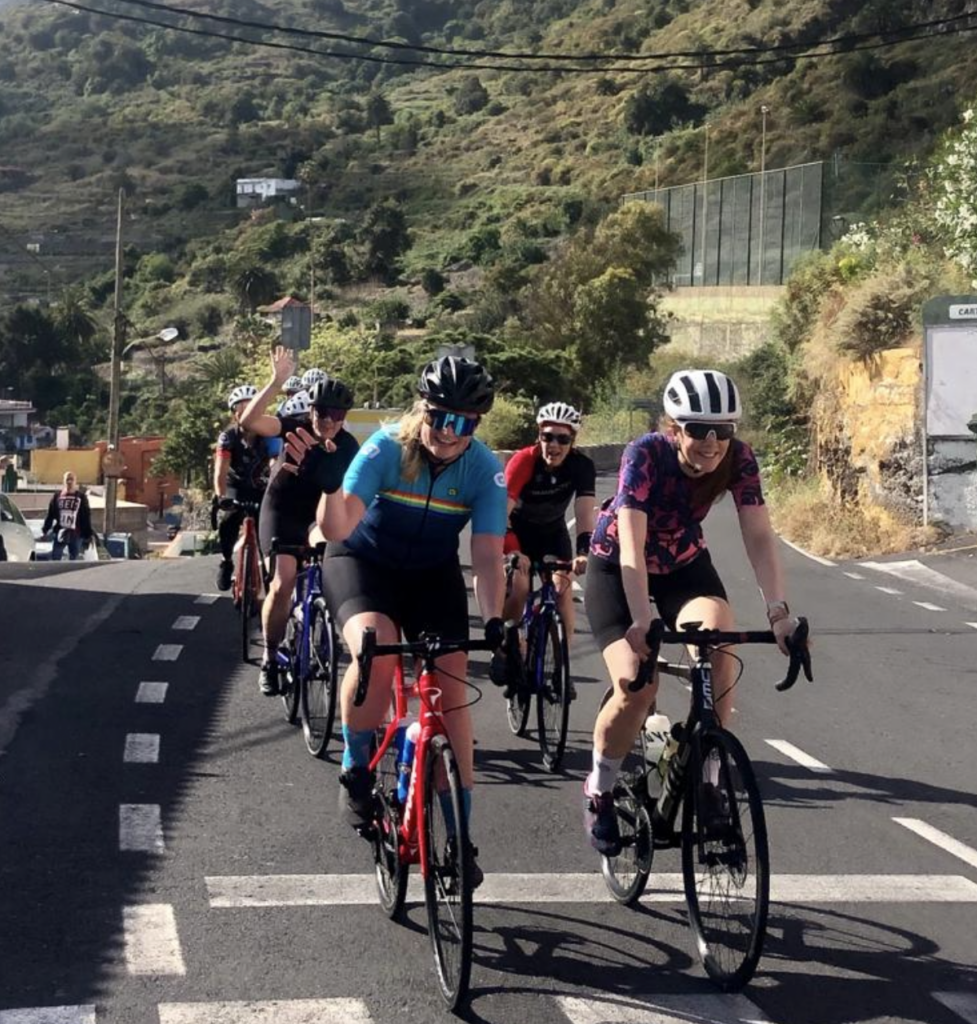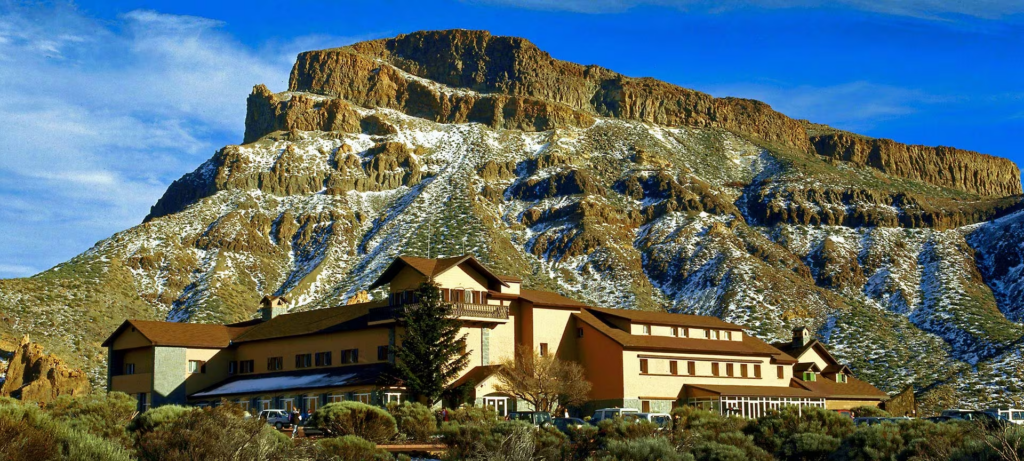2024 Tuscany Camp: Italian Cycling, Culture and Cuisine
https://www.mile18inc.com/wp-content/uploads/2024/01/image-4.png 1024 768 Patrick Patrick https://secure.gravatar.com/avatar/d405f61df9c0f471267e56174fca0b89?s=96&d=mm&r=g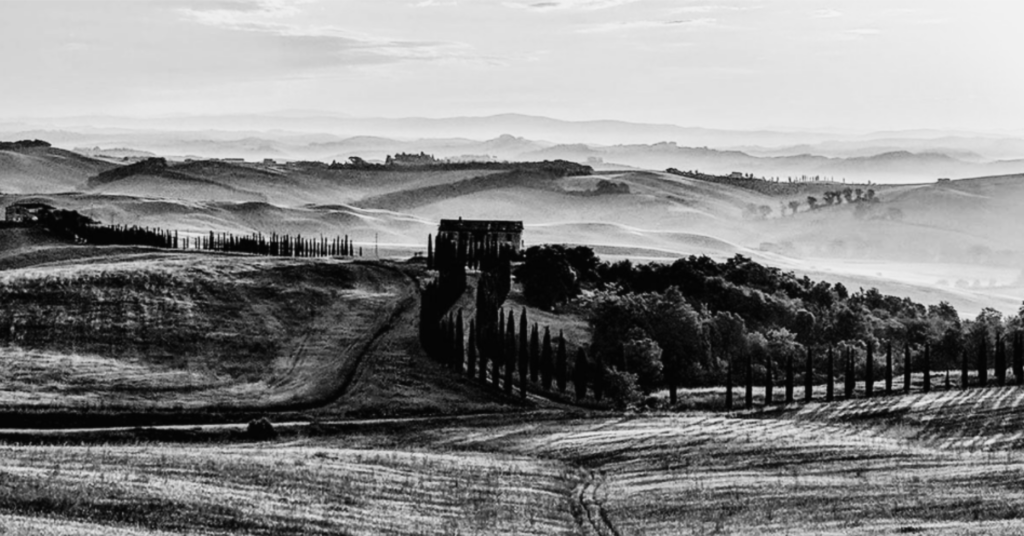
Are you ready to embark on an extraordinary journey through the picturesque landscapes of Tuscany, Italy? Get your pedals ready, because we have a brand new 2024 Tuscany Cycling Camp designed to take your cycling and endurance to new heights!
Join a small group of passionate cyclists for an unforgettable week of riding and adventure in this Italian cycling paradise. Explore the charming countryside, conquer challenging climbs, and immerse yourself in the rich culture and beauty of Tuscany on two-wheels.
Whether you prefer to rent a top-of-the-line road bike with electronic shifting or bring your own trusted steed, we’ve got you covered. Our upfront rental option ensures that all the logistical details are taken care of, making your travel to and from paradise a breeze.
At the 2024 Tuscany Cycling Camp, we focus on making sure you have fun and get fit. Our comprehensive schedule is designed to provide you with access to incredible roads and cycling experiences. From the moment you arrive, we handle all the food, logistics, and on-the-road support, so you can fully immerse yourself in the cycling experience. Just turn those pedals, challenge yourself on the climbs, and earn those well-deserved post-ride beverages.
The Timeline
- Day 1: Arrival at Florence Airport, followed by a transfer to your accommodation.
- Day 2: Explore the beautiful Val di Merse.
- Day 3: Ride through the famous Chianti region.
- Day 4: Discover the unique landscapes of Crete Senesi.
- Day 5: Rest day with a guided tour of Siena and a special dinner.
- Day 6: Experience the medieval town of San Gimignano.
- Day 7: Cycle through the stunning Val d’Orcia.
- Day 8: Departure day, with transfers back to Florence airport.

Our Lodging
Your home away from home during this incredible journey will be Palazzo a Merse, a beautifully restored 18th-century farmhouse bed and breakfast. Located in the tranquil countryside of Val di Merse, just a stone’s throw away from Siena, this rustic Tuscan farmhouse offers a serene retreat. Relax in the spacious, shady garden, take a dip in the outdoor pool, or savor a glass of wine as you soak in the breathtaking views.
All the Things
What’s included in the 2024 Tuscany Cycling Camp? Everything you need to make this an unforgettable experience:
- Florence (FLR) airport Pick-Up and Drop-Off
- Half-board accommodations with delicious breakfast and dinner
- Five guided rides, led by experienced ride leaders
- SAG van support, ensuring you stay hydrated and fueled
- Daily briefings, maps, and elevation profiles for each stage
- A memorable camp party with a delicious homemade meal and local beverages
While we take care of most aspects, please note that airfare, bike rentals (available for $500 per week), alcohol, and food at cafe ride stops along the routes are not included.
Sign Up
From challenging climbs to scenic routes, each day promises an adventure tailored to your fitness level and preferences.
A $500 deposit is required to secure your place at the camp. Space is limited, so act fast to ensure you don’t miss out on this incredible opportunity!
To learn more about the 2024 Tuscany Cycling Camp and make your deposit, visit our website. We can’t wait to welcome you to the heart of Tuscany for an amazing week!
